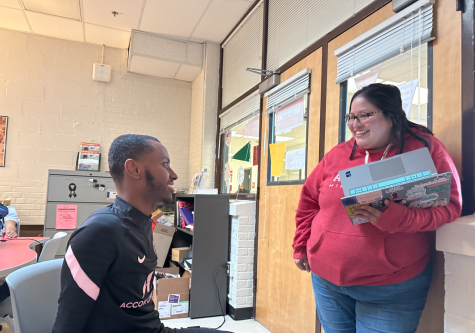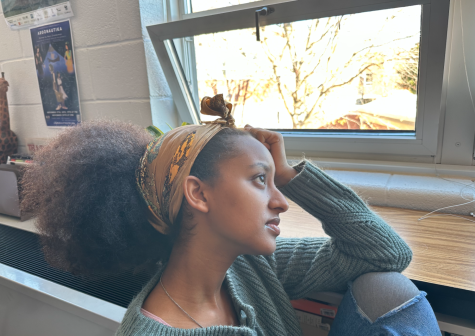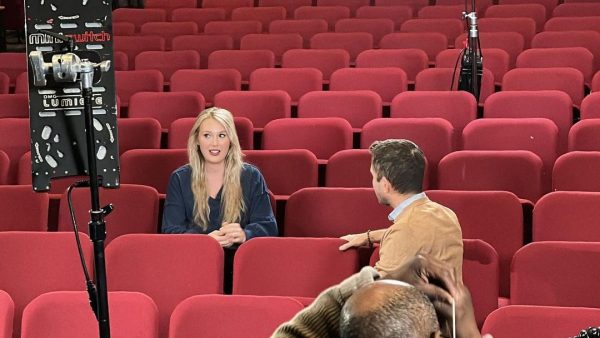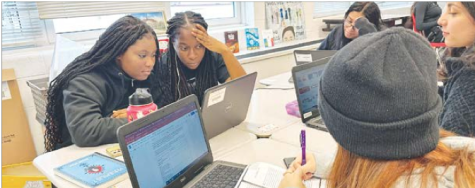Sitting down is a simple concept, yet one that is rarely thought about.
Whether it be in a classroom, at a job or at home, people spend most of their day sitting down. However, prolonged sitting carries major health risks.
On average, Americans park themselves for nearly eight hours each day.
Overall, sitting for a long period of time can lead to worsening in mental health, a higher risk of heart diseases and a higher chance of being disabled.
Here at AHS, our school day is about six hours and 45 minutes long and students are stationary for about 80 percent of that time.
“I get back pains from sitting in [a] chair for a long time. I strain my back during practice so it affects me during the day [as well],” senior Autumn Yang said.
Without a physical education class that juniors and seniors no longer have to take, it is harder for some to get in the necessary activity.
But even that time frame is minute compared to the time spent slouching behind a desk and staring at the board.
Studies show that when people move around, soft discs between the vertebrae expand and contract like sponges, soaking up fresh blood and nutrients.
However, when people sit down for too long, the discs become compressed unevenly which leads to back pain.
According to the Wall Street Journal, people should alternate every 20 minutes of sitting with eight minutes of standing and two minutes of movement and stretching. This allows calories to be transferred to muscles for use rather than fat storage cells which reduces the risk of developing cardiovascular disease.
However, standing for too long can cause people to lean which also causes back pain.
“I do not really like sitting in class for too long,” junior Areeba Atique said. “My back starts to hurt and I get a little uncomfortable. It kind of gets in the way of paying attention to what the teacher is talking about.”
Some teachers allow students to move around in class and stretch for a minute or two after a long lecture to stimulate thinking. Nevertheless, most of the school day is consumed by sitting.
Sore shoulders and a strained neck are common symptom that almost every student has endured. This is due to slouching forward at a desk. Slumping forward overextends the shoulder and back muscles, particularly the trapezius, which connects the neck and shoulders.
“Since school is really early in the morning, most of the class is hunched over taking a nap while the teacher is doing something like taking attendance,” junior Nora Hasrat said.
Moreover, a common sight in classrooms are when students try cracking their backs and necks in order to relieve tension.
Since sitting is an unavoidable everyday practice, it is important to sit correctly to prevent spinal and joint pain.
According to Mayfield Brain and Spine Clinic, the proper way to sit is to have a straight back with shoulders back and buttocks touching the back of a chair.
When unsure of your posture, try to slouch and draw your back as far as you can and then slightly move forward.
Both feet should be placed flat on the ground in order for the hips to evenly distribute weight.
Following these steps and making sure to get at least two hours of exercise after or before school can help prevent these risks.
Overall, balancing sitting, movement and aerobic activities will alleviate back pain. The next time you are bored in class and start slouching, sit up straight.















